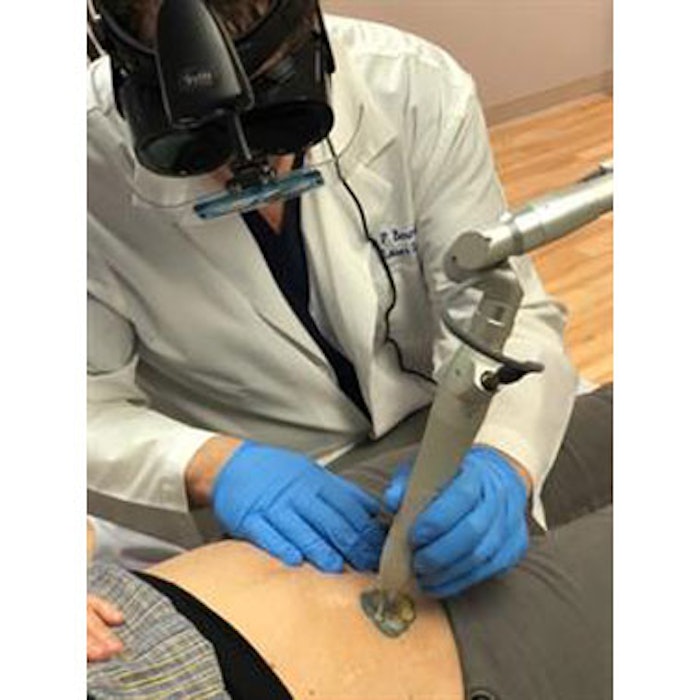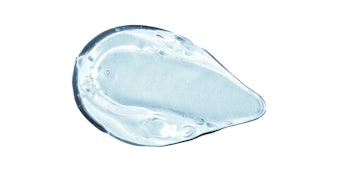
A new 730nm, picosecond‐domain, titanium‐sapphire, laser‐pumped laser (PicoWay) is safe and effective for multicolored tattoo removal, based on the findings of a new clinical study published in Lasers in Surgery and Medicine (online March 24, 2020). Eric F. Bernstein, MD, treated 15 patients (5 male, 10 female; average age 45 years) with a total 20 tattoos. Eighteen of the tattoos included the color black, nine contained green ink, three had blue ink, four contained purple ink, four had red ink and five contained yellow ink. Fourteen subjects completed the study with 13 undergoing four treatment sessions and one undergoing three treatment sessions with the laser.
Following local anesthesia and application of a hydrogel dressing, Dr. Bernstein treated each tattoo with only the 730nm wavelength and 246 picoseconds pulse duration. Treatments were spaced six to 10 weeks apart. Fluences were increased to reach an endpoint of immediate tissue whitening and decreased if more than pinpoint bleeding was observed beneath the clear hydrogel dressing. Higher fluences were required to reach the desired endpoint with each subsequent treatment, as less target pigment was present in the tattoo to absorb the administered laser energy.
Four physicians acted as blinded reviewers. They compared side-by-side images taken before and two months following the final treatment. They rated the photos on an 11‐point average clearance scale. The mean clearance rates were: 8.3 ± 1.3 (83 percent) for purple ink; 8.3 ± 1.3 (83 percent) for blue; 7.7 ± 1.4 (77 percent) for green; 7.0 ± 1.9 (70 percent) for black; 2.6 ± 2.5 (26 percent) for red; and 0.8 ± 0.9 (8 percent) for yellow.
“Laser-pumped lasers enable multiple different wavelengths or colors of light to be delivered from a single machine,” said Dr. Bernstein. “This means we can treat more colors in a tattoo or have different effects depending on each person when treating freckles for example. This was the first clinical trial of this new device, which is a major advance in laser technology.”
Read the full study here.
Image: Eric Bernstein, MD











